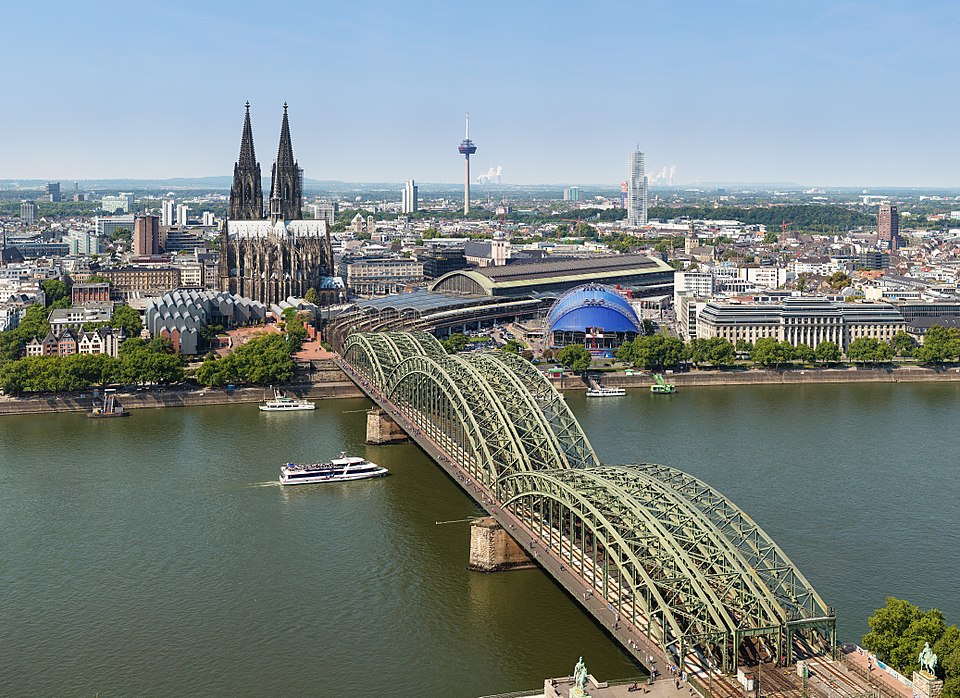

Curated experiences in Köln







The Farina Fragrance Museum is situated across from Cologne City Hall, and near the famous Wallraf-Richartz-Museum in the Obenmarspforten in …

Bensberg Castle (German: Schloss Bensberg) is a former royal hunting lodge in Bergisch Gladbach, North Rhine-Westphalia, Germany. It is now …




St. Gereon's Basilica (Basilika Sankt Gereon) is a German Roman Catholic church in Cologne, dedicated to Saint Gereon, and designated …





The Kolumba Museum (formerly the Diocesan Museum) is an art museum in Cologne, Germany, run by the Roman Catholic Archdiocese …


KölnTriangle (formerly also known as LVR-Turm) is a 103.2 metres (339 ft) tall building in Deutz, Cologne, and a prominent …

Cologne Cathedral (German: Kölner Dom, pronounced [ˌkœlnɐ ˈdoːm] , officially Hohe Domkirche zu Köln, English: High Cathedral Church at Cologne) …
Create a personalized itinerary and unlock the finest experiences Köln has to offer
Plan Your Trip